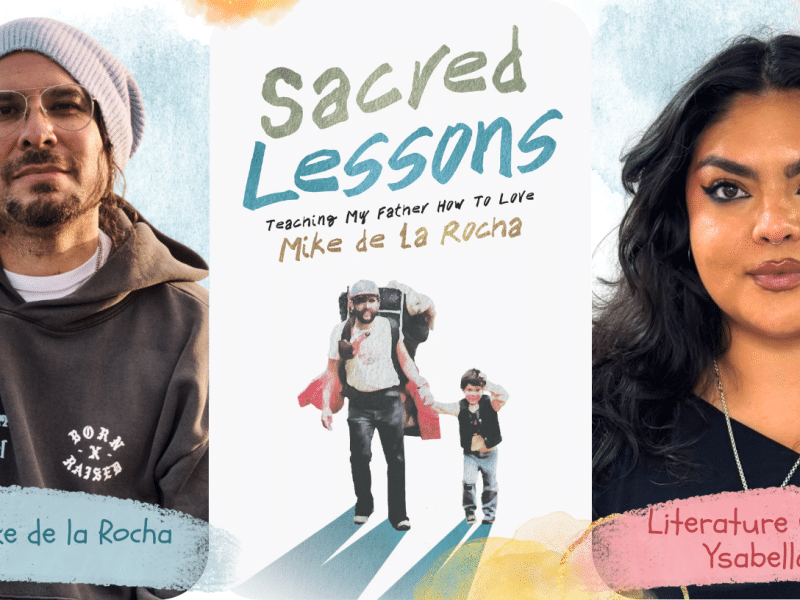Natalia Lafourcade: A Song to the Roots of Latin America
She isn’t just an artist; she’s a living echo of the Latine heritage, infusing traditional Latin American folklore with fresh, vibrant energy.

Natalia Lafourcade stands out as a Mexican musician who’s really made a name for herself celebrating Latin American folklore. She’s been in the music game for over 20 years and does it all – singing, songwriting, and producing. Her music delves deep into the roots of Latino music, going beyond just catchy melodies.
Lafourcade takes her listeners on a meaningful journey through Latin America’s cultural heritage, blending traditional sounds with modern influences. Her work not only preserves folklore but also enriches it, inspiring new generations to connect with and value their Latine identity.
Un Canto por México – El Musical
Early Influences and the Path to Latin American Roots
She didn’t just sing; she also learned to paint, play the piano, flute, guitar, saxophone, and even participated in theater and dance. At the beginning of her career, Lafourcade initially focused on pop music. Her first albums highlighted her inclination towards this genre, which was quite different from her later works that explored folkloric music. These initial albums were a period of discovery and artistic experimentation, which laid the foundation for her musical evolution and identity.
Lafourcade’s transition to Latin American roots music was a significant turning point in her career. Following the release of her album “Hu hu hu” in 2009, she desired to establish a deeper connection with her audience and the essence of Latine music. This led her to explore and rediscover various Latin American genres and composers, which opened up a new dimension in her art.
Her musical explorations have connected her to the works of iconic figures of Latin American music, such as Violeta Parra, Simón Díaz, Atahualpa Yupanqui, and Agustín Lara, to name a few.
Natalia Lafourcade – Mi Religión (Sesión en Teatro Juárez de Guanajuato)
Fusing Latine Folklore
Mujer Divina
In 2012, Lafourcade released an album titled “Mujer Divina – Tribute to Agustín Lara.” This album is significant as it marks where she began to connect with Latin American folklore. The album serves as a heartfelt tribute to the renowned Mexican composer, Agustín Lara.
In “Mujer Divina,” Lafourcade reimagined and updated Lara’s classic melodies, blending his traditional essence with her contemporary style. Through this album, she introduced Lara’s legacy to a new generation of listeners, showcasing the timelessness and relevance of traditional music.
In this album, Lafourcade teamed up with renowned Latin American artists, like Jorge Drexler, Devendra Banhart, Vicentico, and Kevin Johansen, just to name a few. Each track is a collab, bringing a fresh style to pay tribute to Lara’s incredible work.
Musas
Following her highly successful album “Hasta la Raíz,” marking a pinnacle in her career, she made a comeback from an early musical hiatus with a series of albums titled “Musas,” released in 2017 and 2018.
These albums pay a deep tribute to Latin American folklore that goes far beyond Mexico’s borders. They display her musical exploration, ranging from the traditional rhythms of the Caribbean to the southern reaches of the continent. In this diverse soundscape, Lafourcade found renewed push and inspiration to continue her musical career.
The works feature the collaboration of Lafourcade with Los Macorinos, a duo of guitarists who have previously worked with the legendary singer Chavela Vargas.
In these albums, they explore and reinvent traditional songs while paying homage to notable musicians like María Grever, Roberto Cantoral, and Violeta Parra, among others.
What sets these albums apart is their respect and authenticity towards cultural roots, presenting the works of these iconic figures from a fresh perspective while maintaining the essence and beauty of traditional music.
Un Canto por México
In “Un Canto por México” Vol. 1 and Vol. 2, Lafourcade delves into the heart of traditional Mexican music. These albums blend genres like Son Jarocho, mariachi, and bolero to create a truly authentic Mexican musical experience.
Lafourcade extended invitations to artists and groups from various regions of Mexico to partake in these albums. Beyond showcasing the musical diversity of the country, these collaborations represent an effort to preserve and revitalize its cultural heritage.
Part of the profits from these projects were put towards helping out the Son Jarocho Documentation Center. This place is all about preserving and promoting Son Jarocho, which is a traditional music style from Veracruz, Mexico. In September 2017, earthquakes hit the region and affected the Center, causing cracks in the main structure of the building and condemning it to demolition.
These albums are a genuine manifestation of her profound love and respect for Mexico’s musical roots, and their influence extends far beyond the world of art, making a positive contribution to the nation’s social and cultural well-being
Lafourcade’s Resonant Influence
While Lafourcade explores more intimate and personal vibes in her latest album ‘De Todas las Flores,’ the heartbeat of Latin American sound still resonates powerfully in her music.
In a world where the latest trends often steal the spotlight from traditions, Lafourcade’s work serves as a reminder that Latin American folklore isn’t a thing of the past. It’s a vibrant, ever-evolving treasure that plays a crucial role in understanding and embracing Latine identity.
Her impressive success not only celebrates the cultural heritage but also prompts us to think about the value of preserving Latin American musical traditions. These traditions aren’t just historical relics; they’re a living part of Latine culture and identity.



